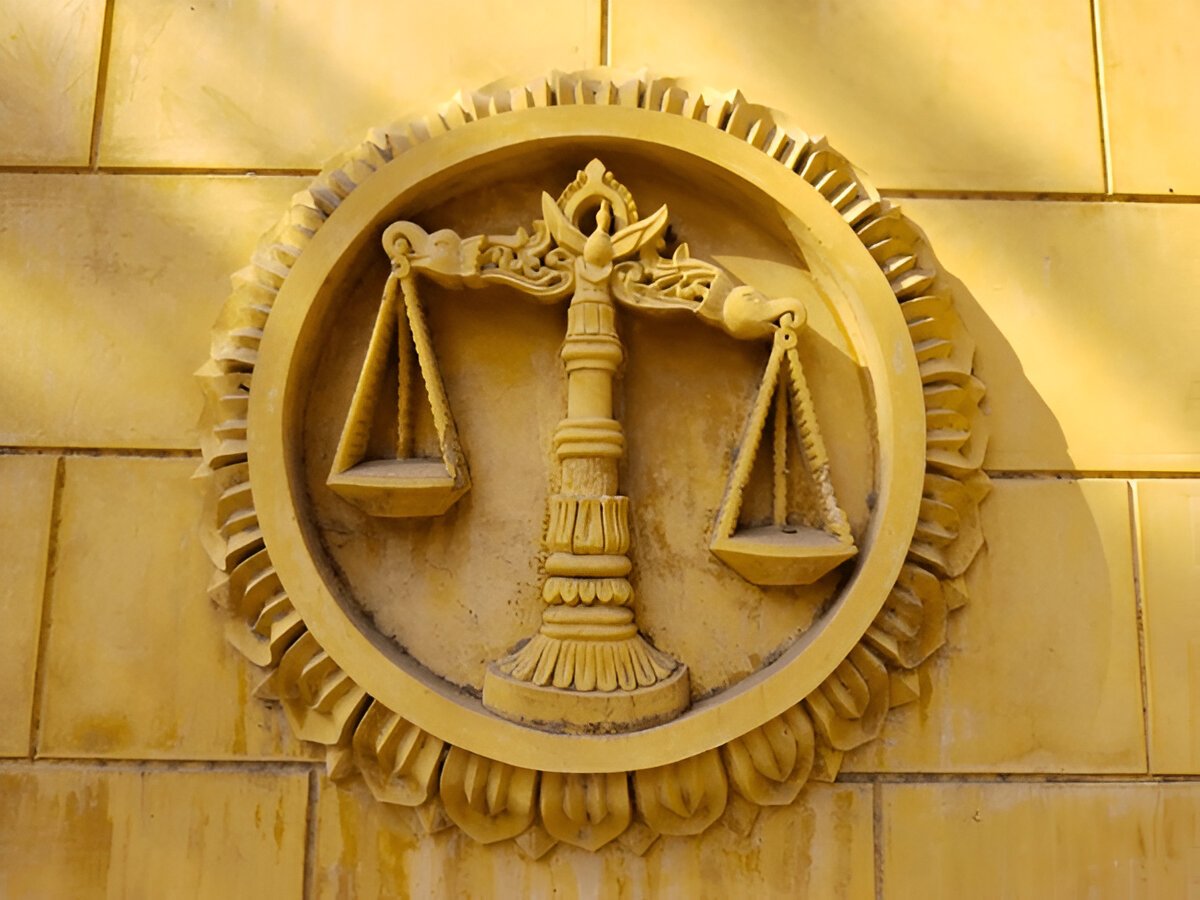Introduction
In the digital age, social media platforms have become arenas for both expression and, unfortunately, defamation. Recognizing the evolving nature of communication, the Gujarat High Court has set a precedent by accepting screenshots as admissible evidence in cases of online abuse and defamation.
Legal Framework
Under the Indian Penal Code (IPC), defamation is addressed in Sections 499 and 500, which have now been replaced by Section 356 of the Bharatiya Nyaya Sanhita (BNS). This section defines defamation as any imputation made with the intent to harm a person's reputation through words, signs, or visible representations. The law acknowledges both libel (written defamation) and slander (spoken defamation), with libel encompassing digital publications such as social media posts.
You can also read the Judgement of Independent Thought V. Union of India and Anr.
For more information, visit [ALEC Enquiry].
The Gujarat High Court's Stance
In a recent case, the Gujarat High Court accepted screenshots of defamatory social media posts as valid evidence. This decision underscores the judiciary's recognition of digital content's role in modern communication and its potential impact on an individual's reputation. By admitting such evidence, the court has paved the way for victims of online defamation to seek redress more effectively.
Contrasting Views: The Bombay High Court's Perspective
It's noteworthy that not all courts have taken a similar stance. The Bombay High Court, in a separate case, opined that printouts of Facebook screenshots alone were insufficient to prove the origin of defamatory posts, especially when the authenticity of the account was in question. The court emphasized the need for corroborative evidence to establish the connection between the accused and the alleged fake account.
Implications for Victims of Online Defamation
The Gujarat High Court's decision is significant for individuals seeking justice against online defamation. It simplifies the evidentiary process, allowing victims to present readily available screenshots as proof. However, it's essential to ensure that these screenshots are:
- Authenticated: Metadata and timestamps should be preserved to establish the time and origin of the content.
- Corroborated: Whenever possible, additional evidence, such as witness testimonies or expert analyses, should support the screenshots.
- Legally Compliant: The evidence should be collected and presented in accordance with the Indian Evidence Act to ensure admissibility.
Conclusion
The acceptance of screenshot evidence by the Gujarat High Court marks a progressive step in adapting legal procedures to the digital era. It offers a more accessible path for victims of online defamation to seek justice. However, the contrasting views from other courts highlight the need for a standardized approach to digital evidence across jurisdictions.

